Ngenla is a breakthrough in the treatment of growth hormone deficiency (GHD) in children, offering a convenient, once-weekly alternative to traditional daily injections. Developed by Pfizer, this innovative therapy contains somatrogon, a long-acting recombinant human growth hormone designed to normalize growth rates and improve overall height outcomes.
What is Ngenla?
This treatment is a long-acting form of growth hormone that simplifies the regimen for pediatric patients with GHD. It works by mimicking the body’s natural growth hormone to stimulate bone and muscle growth, improve metabolism, and support overall development in children.
Traditional growth hormone treatments require daily injections, which can be burdensome for children and their families. Ngenla reduces this frequency to just once a week, enhancing adherence and quality of life without compromising effectiveness.
How It Works
The active ingredient, somatrogon, is a modified version of human growth hormone. It includes an added peptide chain that extends its half-life, allowing it to remain active in the body longer. This enables the once-weekly dosing schedule that makes it so appealing to families and caregivers.
By stimulating the growth plates in bones, the treatment helps children with GHD achieve a normal growth rate and improve height outcomes over time. It also supports healthy muscle and fat distribution, ensuring a more balanced physique.
Benefits of This Treatment
- Convenient Weekly Dosing: Unlike daily growth hormone injections, this therapy only needs to be administered once per week.
- Effective Treatment: Clinical trials have shown that it provides comparable results to daily growth hormone therapies, ensuring consistent growth in children with GHD.
- Improved Quality of Life: The reduced injection frequency alleviates the emotional and physical burden of daily treatments, fostering better adherence.
- Safe and Well-Tolerated: Side effects are similar to those seen with traditional growth hormone treatments, including mild injection site reactions and occasional headaches.
Who Should Use It?
This therapy is intended for children diagnosed with growth hormone deficiency. A pediatric endocrinologist will determine if it is suitable based on the child’s growth patterns, lab results, and overall health.
Dosage and Administration
The dosage is weight-based and prescribed by a healthcare professional. It is administered as a subcutaneous injection once per week. Caregivers can be trained to give the injections at home, ensuring consistency and ease of use.
Side Effects and Safety
As with all medications, this treatment may cause side effects. These are typically mild and may include redness or swelling at the injection site, headaches, or temporary discomfort. Serious side effects are rare but should be discussed with a healthcare provider before starting treatment.
Why Choose This Therapy?
This treatment represents a significant advancement in growth hormone therapy, particularly for families seeking an easier routine. Its effectiveness and safety, combined with the convenience of weekly dosing, make it a preferred option for managing pediatric GHD.
By choosing this therapy, families can ensure their child receives consistent treatment without the daily challenges of traditional growth hormone therapies. It’s a solution that benefits both the child and their caregivers.
Conclusion
In summary, this therapy is a game-changer in the management of growth hormone deficiency in children. With its once-weekly dosing, proven effectiveness, and mild side effect profile, it provides an optimal balance of convenience and performance. If your child has been diagnosed with GHD, consult with their healthcare provider to see if it is the right choice for their treatment plan.


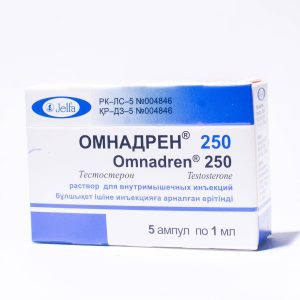
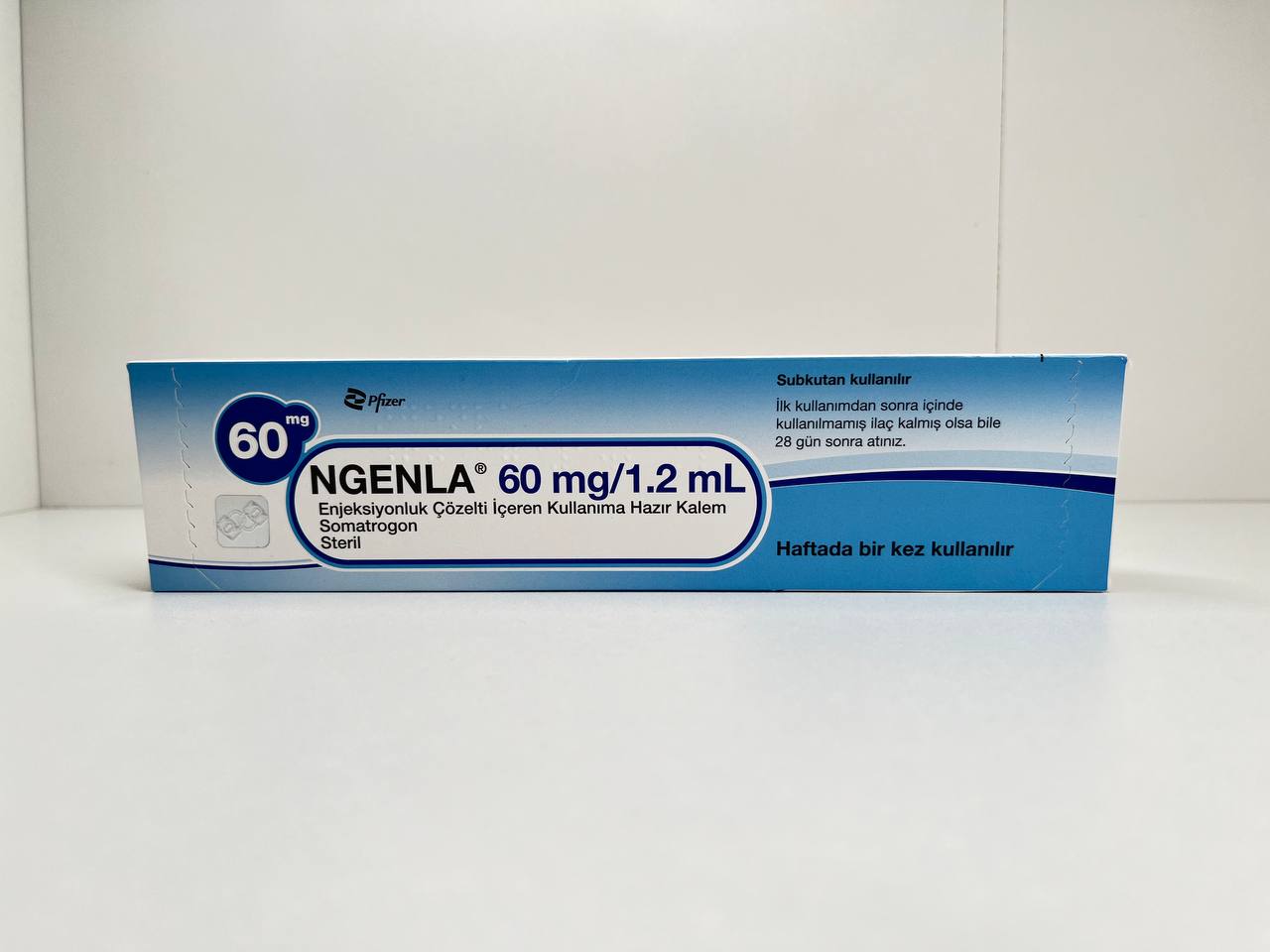

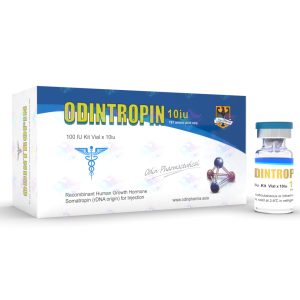
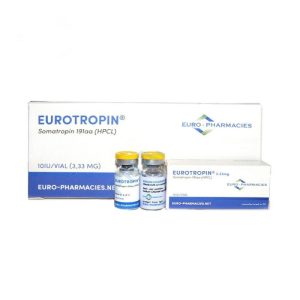
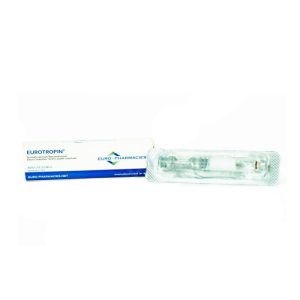
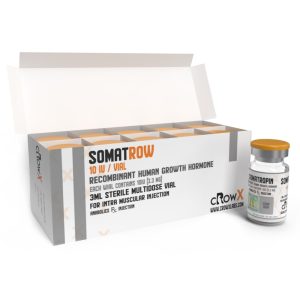


Reviews
There are no reviews yet